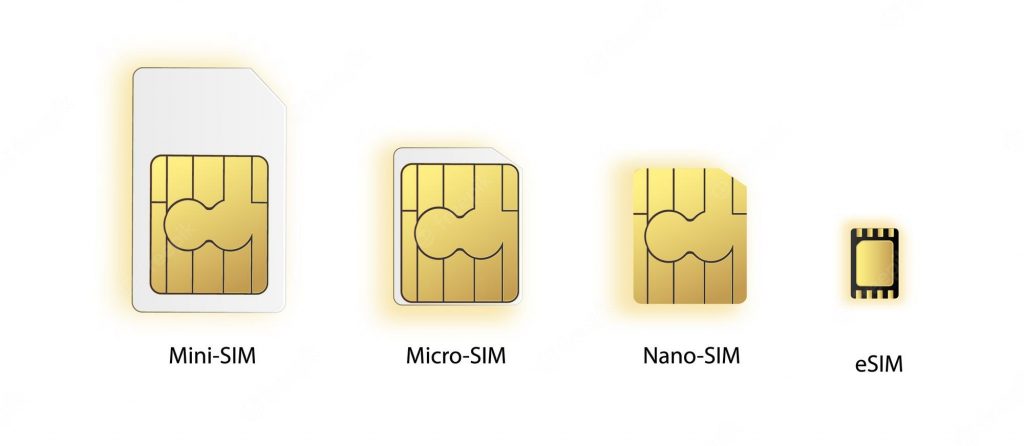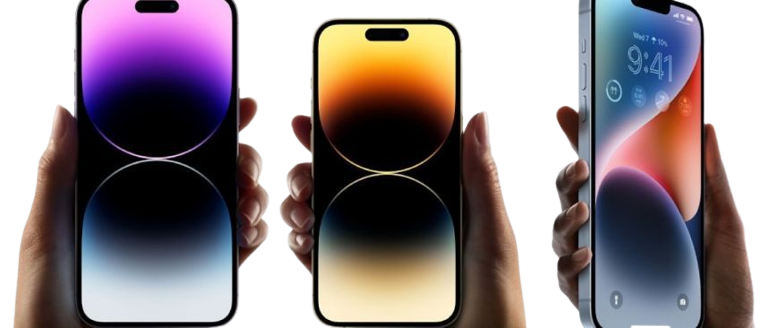
What is an eSIM?
An eSIM is a digital SIM that allows you to activate a cellular plan from your carrier without having to use a physical SIM card. eSIMs are built into some iPhones and iPads, and you can also get an eSIM from certain carriers. If your iPhone or iPad has an eSIM, you can use it in addition to a physical SIM card.
Which phones are eSIM only?
At the moment, the only phones that are eSIM only are the Google Pixel 3 and Google Pixel 3a. These phones do not have a physical SIM card slot, so you’ll need to use an eSIM in order to activate a cellular plan on them.
What phones support eSIM?

eSIM is a new type of SIM card that is designed to be used in phones that support it. Currently, the only phones that support eSIM are the iPhone XS, iPhone XS Max, and iPhone XR.
How to activate an eSIM on your phone
If your phone is eSIM only, you’ll need to activate the eSIM in order to use it. Here’s how to do that:
1. On your phone, open the Settings app.
2. Tap Cellular.
3. Tap Add Cellular Plan.
4. If you’re prompted, enter the SIM PIN for your physical SIM card.
5. Follow the onscreen instructions to add a new cellular plan.
6. Once your plan is activated, you can use it just like any other cellular plan.
The benefits of an eSIM
An eSIM is a digital SIM card that allows you to activate a cellular plan from your carrier without having to use a physical SIM card. This means that you can switch between plans or carriers more easily, and it also frees up space in your phone since you don’t need to keep a physical SIM card inserted.
One of the main benefits of an eSIM is that it’s more convenient than a physical SIM card. You don’t need to worry about losing or damaging your SIM card, and you can easily switch between plans or carriers without having to go through the hassle of getting a new SIM card each time.
Another benefit of an eSIM is that it takes up less space in your phone.
Physical SIM cards are relatively large, so if you have multiple SIM cards for different plans or carriers, they can take up a lot of space in your phone. An eSIM is much smaller, so you can have multiple plans active on your phone without taking up too much space.
If you’re considering switching to an eSIM, check with your carrier to see if they support it and if your phone is compatible.
The drawbacks of an eSIM
An eSIM is a great way to keep your phone connected while you’re on the go, but there are some drawbacks to using one. One of the biggest drawbacks is that you can’t use an eSIM if your phone is lost or stolen. If your phone is lost or stolen, you’ll need to get a new SIM card from your carrier in order to use your phone.
Another drawback of using an eSIM is that not all carriers support them. So, if you travel internationally, you may not be able to use your eSIM while you’re abroad.
Additionally, some carriers charge extra for using an eSIM. So, be sure to check with your carrier before you switch to an eSIM.
Should you get an eSIM?
PROS:
– More flexibility when it comes to choosing a carrier. You’re no longer tied to a specific carrier if you have an eSIM.
– No need to carry around a physical SIM card. This can be especially convenient if you travel frequently.
– Easier to switch between carriers. With a traditional SIM card, you would need to get a new SIM card from your new carrier. With an eSIM, you can simply switch carriers without having to go through the hassle of getting a new SIM card.
CONS:
– Not all carriers support eSIMs. So if you’re planning on switching to a carrier that doesn’t support eSIMs, then you’ll be out of luck.
– Limited phone compatibility. Right now, there are only a handful of phones that support eSIMs. So if you’re not planning on upgrading your phone anytime soon, then you may not be able to take advantage of an eSIM.
Are eSIMs Safe?
An eSIM is a digital SIM that allows you to activate a cellular plan from your carrier without having to use a physical SIM card. eSIMs are stored on your phone and can be easily switched between plans. Many newer phones, including the iPhone XS, XS Max, and XR, are eSIM only and do not have a physical SIM card slot.
While eSIMs are generally safe, there have been some reports of hackers being able to remotely activate an eSIM on a phone and gain access to the user’s data. If you are concerned about the safety of using an eSIM, you can contact your carrier or phone manufacturer for more information.
Conclusion
The eSIM is a new type of SIM card that is slowly becoming more popular. Many phones now come with the option to use an eSIM, and some phones are even eSIM only.
The main advantage of an eSIM is that it is more convenient than a traditional SIM card, as you can easily switch between different phone plans without having to physically swap out your SIM card. If you’re thinking about getting a new phone, be sure to check if it supports an eSIM before making your purchase.
eSIM FAQ
What are the advantages of eSIM?
An eSIM’s benefits include its smaller size, improved security, lower cost, remote installation, worldwide support, and ease of switching between cell operators.
Is eSIM better than a physical SIM card?
Yes, as stated above in this article, an eSIM is superior to a physical card.
Does eSIM use more battery?
Since it does not impose any additional energy requirements on your device, the eSIM does not consume more battery than a traditional SIM card. One could contend that an eSIM’s lower size may result in your smartphone using less battery power.
Is my phone eSIM-compatible?
Today, support for eSIM is available on many phone models. Examples include devices with an iPhone 11 or later, a Samsung Galaxy 20 or later, and a Google Pixel 3 or later. However, the iPhone 14 is the first model in the United States to use only eSIM.
Even though your phone model supports eSIM, it’s vital to remember that some nations do not.